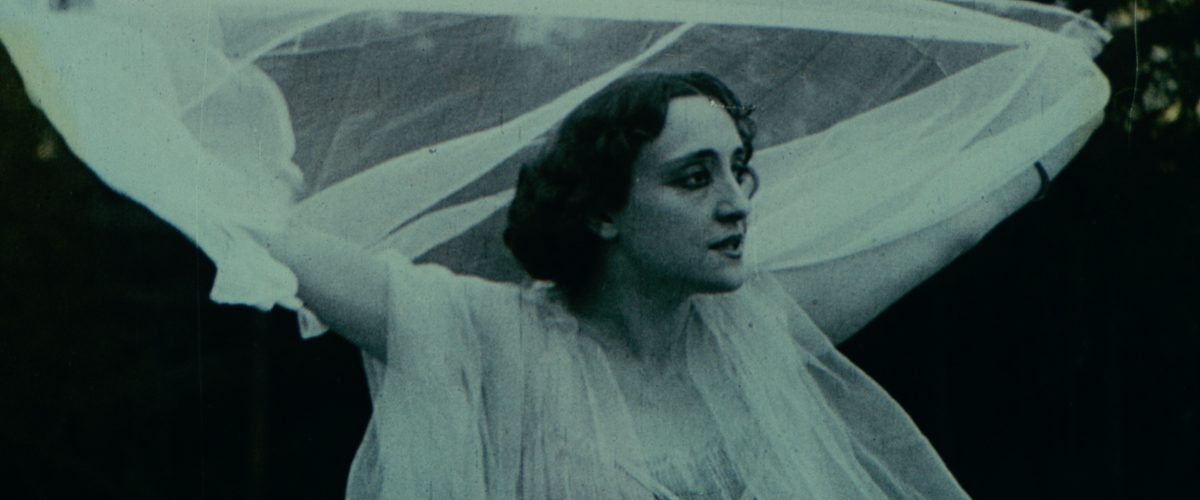Silent Italian Cinema in Baltimore
1917, 45 minutes & 72 minutes
Italy

Presented by Karen Yasinsky of JHU
SILENT ITALIAN CINEMA IN BALTIMORE Double Feature Wednesday / April 4 / 7:00PM / Admission is FREE
ASSUNTA SPINA (72 min)
RAPSODIA SATANICA (45 min)
Assunta Spina, 1917, dir. Gustavo Serena
Assunta Spina is without a doubt one of the unforgettable films of Italian silent cinema. Adapted from a play of the same title by Salvatore Di Giacomo, Assunta Spina represents the excellence of the happy partnership between film and the dramatic repertory of Italian verismo that developed in the mid 1910s. Assunta Spina was shot in fall 1914 in Naples, and during its filming the city itself became its uncredited protagonist: the picture shows the city’s soul, scrutinizes its every aspect, realistically portraying the serenity and beauty of its most colorful areas, the chaotic frenzy of its neighborhoods and markets, as well as the run-down state of the working class suburbs. Similarly, the film reveals the spirit of Neapolitans, emphasizing their exuberance and passion but also their vengefulness and unrestrained reactions that often degenerate into violence. A stereotyped picture no doubt, but one that escapes cliche through the honesty of the camera, with the neutral lens capturing the crumbling facades of low-income housing, the poverty of unhealthy environments, the faces of unaware passersby, the clumsiness of improvising extras. The raw image of the city can be glimpsed in a close-up just behind Francesca Bertini and Gustavo Serena who, with equal authenticity, bring to life the dramatic story of Salvatore Di Giacomo’s laundress and the primordial conflict of human passion, forever poised between love and death. Bertini and Serena are not the film’s only main characters: the unlucky laundress’s shawl, in Bertini’s skilled hands, comes to life and acts as a kind of metronome marking the various stages of the tragedy as it unfolds. Francesca Bertini is the true deus ex machina of Assunta Spina: when producer Barattolo approached her for the part of the laundress, a role the Neapolitan actress had debuted in on stage, Bertini accepted as long as she was also the film’s director. It was a gamble that paid: with capable cameraman Alberto Carta at her side, Bertini demonstrated a surprising sensitivity in directing, framing, and handling the actors, revealing an unexpected talent in a new area for her. – Giovanni Lasi
Rapsodia Satanica, 1917, dir. Nino Oxilia
The story of Rapsodia satanica is as agonizing and troubled as the fate of the countess Alba d’Oltrevita, played by the divine Lyda Borelli. Nino Oxilia’s masterpiece was completed in spring 1915 but was not released in theaters until 1917 due to mysterious inside disputes at Cines: that would result in a delay of almost three years in giving the world a film that was the most genuine attempt at making a total work of art for the screen. In deference to the Gesamtkunstwerk of Wagnerian fame, the film condenses pictorial quotations that range from Symbolism to the Pre-Raphaelites, literary references to the Faust tradition and Dannunzian decadence, spectacular architectural allusions to art nouveau, all embellished with original music by Pietro Mascagni. Rapsodia satanica, however, was not only a sophisticated and aesthetic compendium of the best artistic movements: it’ s a film in a league of its own with Nino Oxilia’s poetic sensitivity and compositional expertise and Lyda Borelli’s extraordinary performance. She expresses with her body and eyes the controversial aspects of her character, distilling the sensuality of eroticism, the raving hysteria of madness, the dark mood of death. – Giovanni Lasi
